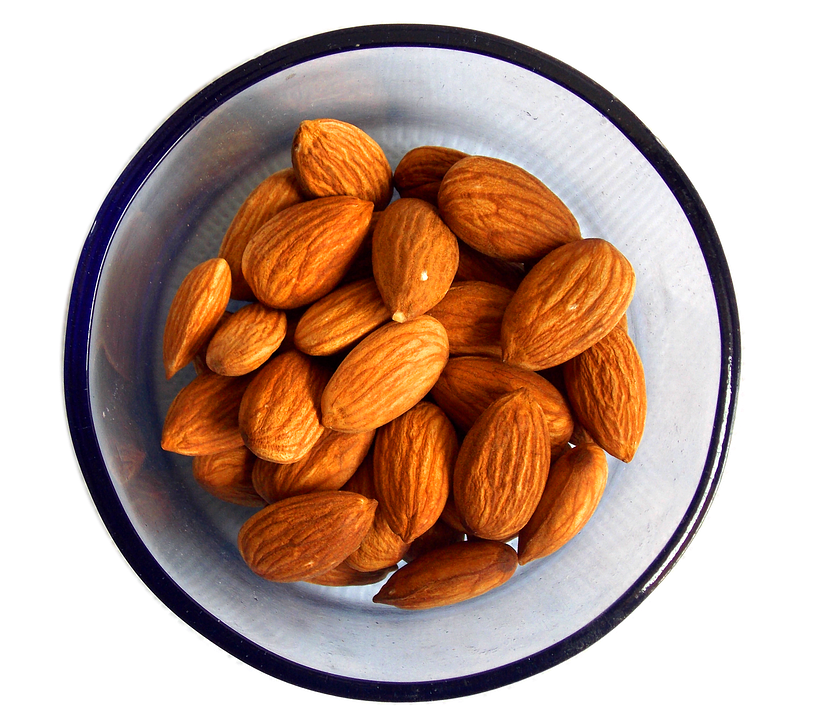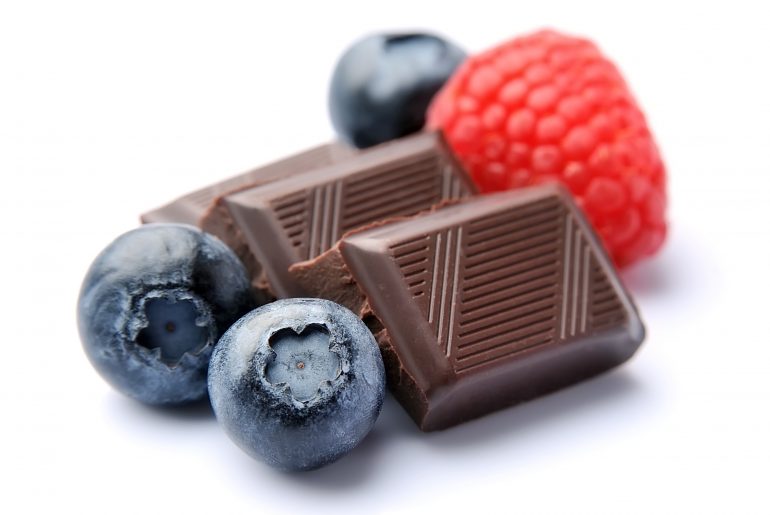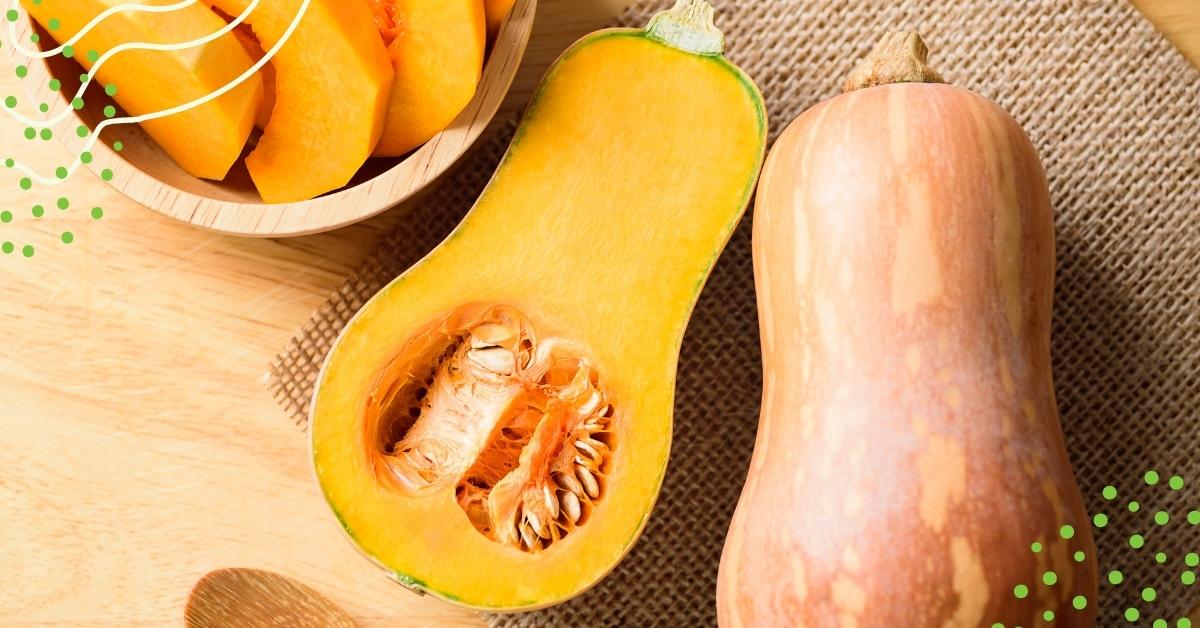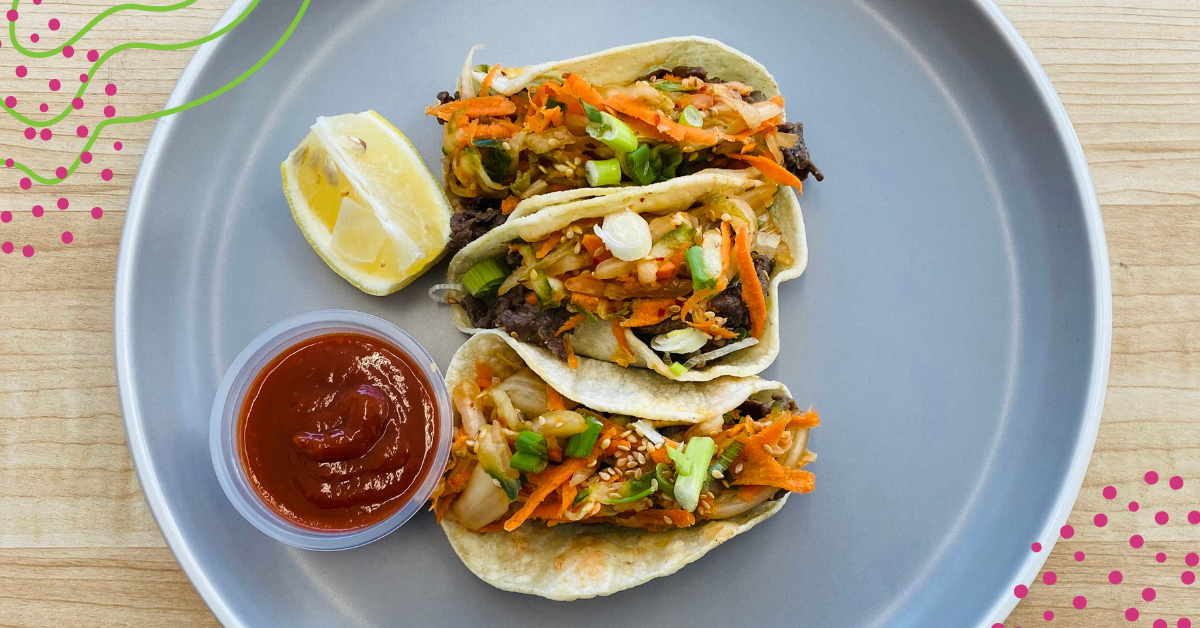Want to know how healthy you are on the inside? Your skin can help provide some answers!
“Beauty’s on the Inside.”
No, this statement is not a cliche — it’s a fact! The health and beauty of our skin start from what’s inside us… or at least what we put inside us. An increasing number of studies are showing just how big of a role nutrition plays for our skin health.
Our skin is the only organ that is exposed to the elements. And while it’s often our first line of defense against environmental toxins, it is also a reflection of our inner organs’ health. If you struggle with any of the following skin conditions, it may be time to take a deeper look at what you’re fueling your body with.
Acne: A study found that male acne patients who followed a low-glycemic diet had reduced acne as compared to a group that ate a diet rich in carbohydrates.
Rosacea: This condition, with its facial redness and swelling, can be triggered by spicy foods, alcohol, or even hot drinks.
Inflammation: Inflammation refers to your body’s process of fighting against things that harm it, such as infections, injuries, and toxins, in an attempt to heal itself. And while not always easily spotted, when something damages your cells, your body triggers this inflammation response, creating swelling or redness in a given area on the skin.
Eczema: With eczema, sufferers experience dry, itchy, and red patches on the skin. Dermatologists say foods that commonly worsen eczema symptoms include milk, peanuts, eggs, soy, and wheat.
Hives: Hives are the familiar welts (raised, red, itchy areas) that can occur on the skin as a result of an allergic reaction/sensitivity to certain foods. Other causes of hives include medication, bug bites, or stings.
Psoriasis: This condition causes skin cells to build up and form scales and itchy, dry patches. Psoriasis is thought to be an immune system problem stemming from a dysfunction in the gut.
The Link Between Gut Health & Skin Health
Our guts don’t just guide our instinctual decisions, they also help guide our body’s regulatory processes. Often termed the body’s “second brain,” our GI Tract has a major influence on both the development and function of the immune system, as well as on gut-brain communications. This goes beyond just an upset stomach after some bad take-out.
There are healthy bacteria and immune cells in a healthy gut that ward off infectious agents such as bacteria, viruses, and fungi. It can have a major impact on your overall health and particularly the appearance of your skin, including spots, acne, eczema, and rosacea.
The intimate relationship is termed the “skin-gut axis” and numerous studies have linked gastrointestinal (GI) health to skin homeostasis. Skin symptoms also follow GI disorders as the gut microbiome appears to play a key role in the development of many inflammatory skin disorders.
Heal Your Gut to Protect Your Skin
Although some skincare items include food products, such as chocolate and mushrooms, nutritionists agree that the right diet is necessary to keep our skin safe. When we begin to eat for our skin health in mind, there’s a bonus effect of improving our overall health as well.
There are many key nutrients, antioxidants, and other phytochemicals that have been shown to be beneficial or essential for healthy skin (and a healthy lifestyle). However, we’ve developed a shortlist of foods to include in your new healthy meals:

1. NUTS & SEEDS
Nuts & seeds give our skin all the right kinds of fat that nourish it. They are also rich in vitamin E antioxidants to combat free radical damage, which contributes to your skin’s aging. Some superstar nuts and seeds include walnuts, sunflower seeds, and almonds.
2. CRUCIFEROUS VEGETABLES
Cruciferous veggies have a compound known as indole-3- carbinol that occurs naturally. It is transformed into a phytochemical known as DIM (Diindolylmethane) and functions within the body to maintain stable hormone levels. These types of veggies to support liver detoxification and hormone health include broccoli, cauliflower, brussels, etc.
3. TEAS
Many different teas contain a variety of antioxidants, but all of them have the potential for gut-healing and skin-protecting effects. It has also been shown that green tea helps rejuvenate skin cells. However, tannins in the tea will decrease the absorption of minerals in food, so try to drink your tea between meals rather than with meals.
4. MUSHROOMS
Mushrooms contain one of the highest levels of selenium, specifically Crimini mushrooms. This trace mineral is required to make glutathione peroxidase, one of the most potent antioxidants in the body, which fights damaging compounds called free radicals that develop in the skin during exposure to sunlight. They are also a great source of B vitamins, which are essential to produce new skin cells that look youthful.
5. SALMON

Garlic Herb Salmon
High in essential omega-3 fats, oily fish such as salmon minimize inflammation and provide the skin with necessary nourishment. Sardines, mackerel, anchovies, and trout are also present in other oily fish. Aim to consume these fatty kinds of seafood a minimum of twice a week in order to get the benefits.
6. DARK CHOCOLATE
Cocoa has antioxidants that can protect the skin and improve wrinkles, skin thickness, hydration, blood flow, and texture of the skin. To maximize the benefits and keep added sugar to a minimum, make sure to select dark chocolate with at least 70 percent cocoa.
7. DARK LEAFY GREENS
Usually, the darkness of each green suggests higher antioxidant levels. Beta-carotene, one of these antioxidants, can also form vitamin A in the body. For good reason, it is a common ingredient in face creams and an important nutrient for healthy hair. All varieties of spinach, silverbeet, kale, rocket, watercress, Asian greens, and dark green cabbage qualify.
8. QUINOA

organic white quinoa with edamame, parsley, salt and pepper
Vitamin E-rich quinoa fights free radicals, provides collagen, and strengthens skin pores. Quinoa may be calming for red, inflamed acne/rosacea-prone skin and helps to repair the skin barrier to reduce inflammation and dryness due to the niacinamide (vitamin B3) content.
9. BERRIES
They top the antioxidant power charts and are high in vitamin C, too. But so much more is offered by berries. Berries provide the required collagen-building material, the protein that gives skin its elasticity and strengthens capillaries to help minimize spider veins and easy bruising.
10. COLORFUL PEPPERS
Bell peppers are an excellent source of beta carotene, which is processed into vitamin A by the body. They’re one of the better vitamin C sources, too. To produce the protein collagen, this vitamin is essential. However, most peppers’ capsaicin content can cause rosacea flare-ups, so find the right colorful veggies that suit your specific needs. The brighter the color, the more these foods are rich in phytonutrients.
Are There Certain Foods to Avoid for Skin Health?
Just as the foods we consume can improve our skin health, certain foods can cause irritation, flare-ups, and other skin-damaging effects. However, these may be different for everyone. Generally, dermatologists suggest avoiding highly processed foods, those high in added sugar, excessive alcohol, and deep-fried foods.
This is not to say you can’t have any of these types of foods. Occasional treats or quick drive-thru options won’t wreck your skin after the first bite, however, you may notice some gastrointestinal discomfort and flare-ups if consumed on a regular basis. Listen to your body and take note of which foods trigger your skin issues (or reverse them).
A great way to include these 10 Skin-Protecting Foods into our diets is through planning ahead. Try including 1-2 of the foods listed above in your next weekly meal prep to start, and eventually increase that number until you are eating a healthy diet filled with a variety of skin-boosting meals! Not sure where to start? Try one of our a la carte options to help you get started!





